 TBI Module 2 With Professor Carrick On-demand
TBI Module 2 With Professor Carrick On-demand
Description
Carrick Institute Concussion/mTBI Program
The Carrick Institute concussion/mTBI program is designed to train healthcare professionals how to understand, examine and treat sports-related concussions/mTBI. This program is one of immersive integrated clinical education designed to promote mastery of the subject area and long-term learning.
Goal and Learning Outcomes
The purpose of our Concussion/mTBI program is to inform healthcare providers about the incidence, symptoms, diagnosis, and treatment of sports-related concussions and the potential for serious long-term outcomes such as dementia. Completion of this program will enable the healthcare practitioner to:
- Design and Implement a Concussion Treatment Program
- Design and conduct a brain and vestibular rehabilitation program
- Design evidence-based treatment plans
- Utilize a current evidence-based examination process to quantify brain function and human performance
- Define sports-related concussions and the sports in which they are most often found
- Describe the immediate and long-term symptoms of sports-related concussions
- Discuss expert recommendations for preventing/managing sports-related concussions
- Prepare health care professionals with advanced knowledge and skills in diagnosis and treatment of Concussion/mTBI.
This program prepares our Clinical Scholars to be able to:
- Create innovative clinical environments designed to manage the Concussion/mTBI patient.
- Learn to evaluate and create individual programs to care for patients after Concussion/mTBI.
- Leverage evidence-based clinical practice to create a best practice that networks with other Concussion/mTBI specialists.
Faculty
Topics:
- Understanding How Vision Is Affected in TBI
- Understanding The Utilization Of Joint Receptor Activation In TBI
- Understanding Head Rotations, Translation And Neck Integrators
- Clinical Applications of Semicircular Canals and Otolith Organs
- Rehabilitation Strategies Utilizing Ocular Counter Roll
- Patterns of Head Motion And Changing Brain Integration Next Line
- Perturbations Of Head and Gait Strategies
- Clinical Applications of Visual Mediated Eye Movements
- Understanding Skew Deviation
- Clinical Applications of Head Rotation And Retinal Meridians
- Clinical Understanding of Vertical Ocular Misalignment and Foveal Disparity
- Clinical Understanding of Head Tilt
- Vestibular Visual Symbiosis
- Clinical Rehabilitation Strategies of Artificial Movements
- Utilization of Different Targets And Backgrounds In Concussion Treatment Strategies
- Clinical Understanding of the Brainstem Elaboration of the VOR
- Rehabilitation Strategies Engaging Excitatory and Inhibitory Neural Integration
- Understanding the Primary And Accessory Neural Subgroups Of the Brainstem
- Clinical Applications of Cerebellum
- Diagnostic and Therapeutic Applications Of Otolithic Function
- Neural Integration Model Function And Concussion Symptoms and Performance Challenges
- Clinical Understanding Of Neural Integration and Gaze Holding
- Rehabilitation Strategies Utilizing Semicircular Canal Protections
- The Clinical Phenomenology Of Inhibition to Promote Function After Concussion
- Rehabilitation Strategies Of Ipsilateral and Contralateral Stimulation Central Pathology
- Clinical Applications of Otolith Projections
- Utilizing the Functional Organization Of Vestibular Ocular Responses
- Clinical Understanding Of Type I and Type II Head Velocity Neural Encoders
- Rehabilitation Strategies of Head Velocity And Eye Position
- Clinical Scenarios Inpatient Presentations of TBI And Central Vestibulopathy
- Clinical Understanding of Vestibular Nuclear Processing
- Patient and Clinician Interpretation Of Self Translating or Tilting
- Clinical Rehabilitation Based upon a Neural Network Approach
- Clinical Applications Central to Velocity Storage Mechanism
- Head Eye Vestibular Movement Responses to Visual Stimulation
- Clinical Application Central to Neural Substrate Integration
- Concussion Rehabilitation and Eye Position, Velocity And Rotating Chairs
- Vestibulo Ocular Reflex Gain, Direction and Phase
- Clinical Determinants of Vestibulo-Ocular Reflex Gain
- Rehabilitation Strategies Using Active And Passive Head Rotation
- Concussion and Age
- Rehabilitation Strategies Head Tilt and Roll
- Rehabilitation Strategies And Gravity
- Diagnostic and Therapeutic Importance of Optokinetic nystagmus
- Clinical Understanding of Optokinetic After-Nystagmus
- The Clinical Importance of the Cervical Ocular Reflex
- The Clinical Importance of the Adaptive Properties of the VOR
- Concussion Rehabilitation and Habituation
- The Clinical Importance of Low and High Time Constants Of the Rotational VOR
- Concussion Rehabilitation and VOR Adaptation
- Concussion Rehabilitation and Cross Axis Adaptation Of the VOR
- Concussion Rehabilitation and Cognitive Control Of VOR Adaptation
- Concussion Rehabilitation and Context Specific Adaptation
- Vestibulocerebellar Influences on the Vestibular-Ocular reflex
- Electrophysiological Aspects of vestibulocerebellum Control of the Vestibular Ocular Reflex
- Role of the Cerebellum in the Vestibulo-Ocular Reflex Adaptation
Testimonials:
“As after many Carrick Institute learning experiences I feel like my eyes have been opened. Things that previously have slipped by unnoticed now jump out at me. I was blind but now I see. Sometimes it’s now so apparent it startles me.”
-Dr. Ray Purcell

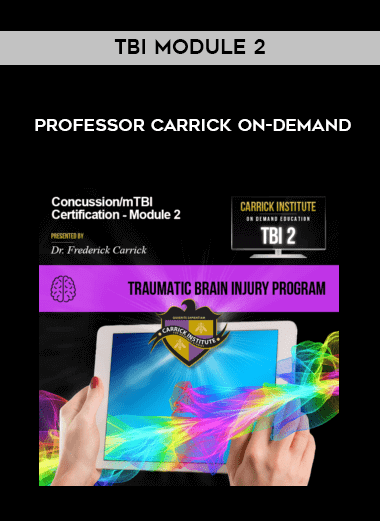



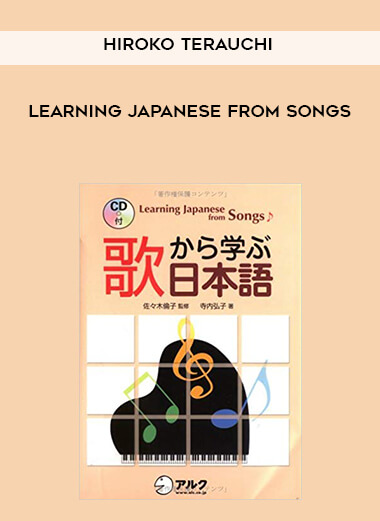




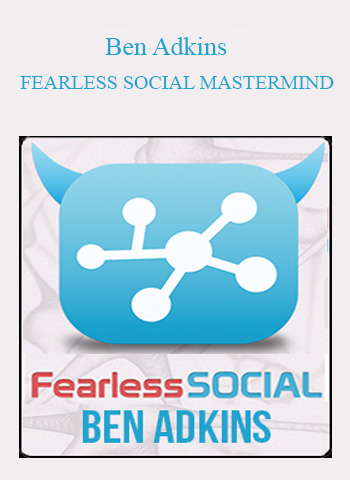
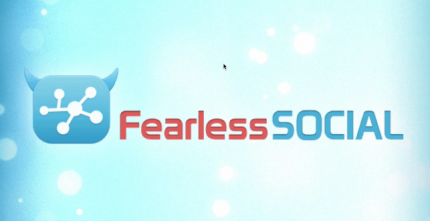
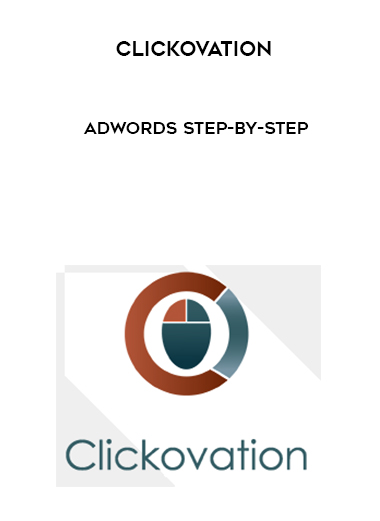
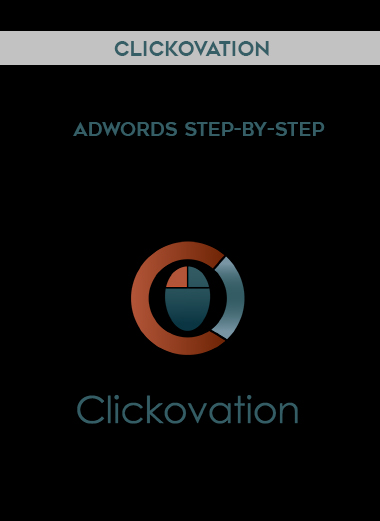
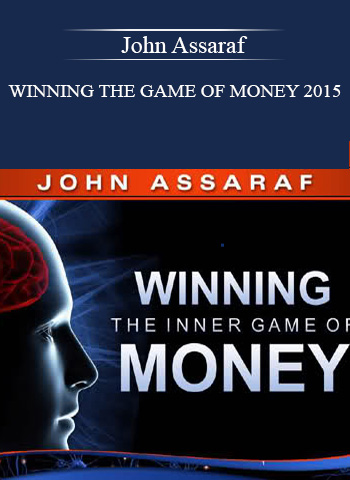
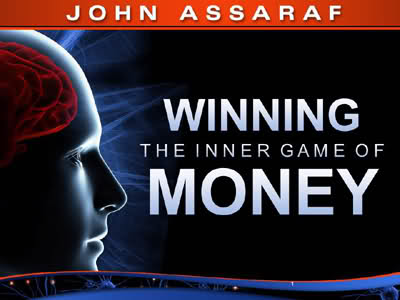
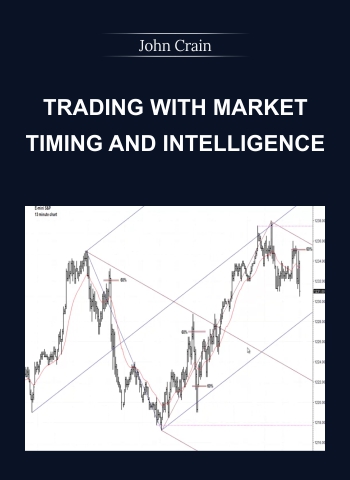
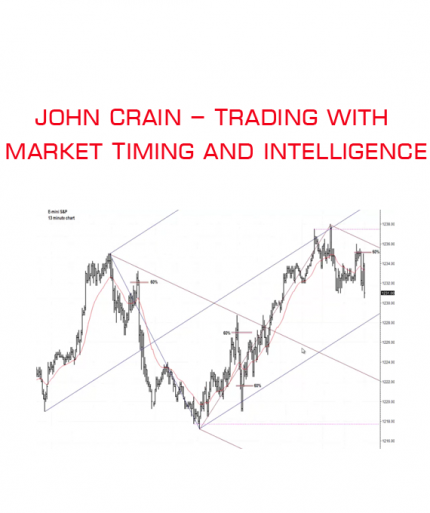








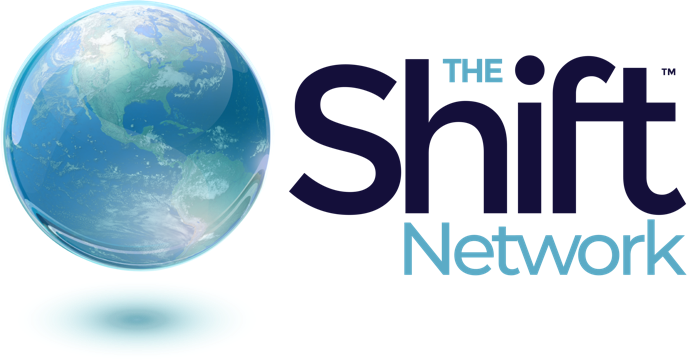







Reviews
There are no reviews yet.